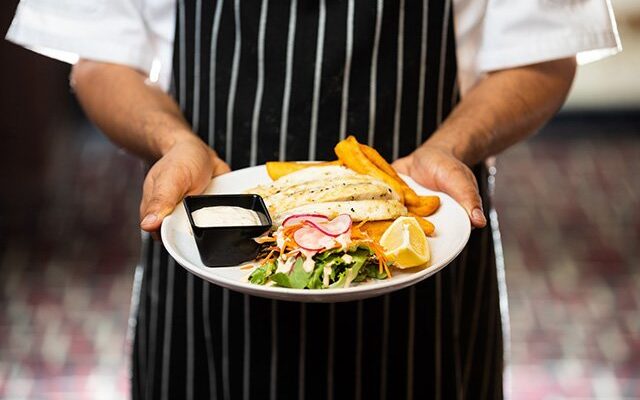In a country with as much tourism as Spain, one of the services that is requested the most from translators is the translation of restaurant menus. There are thousands of visitors from England, Germany, France, or Italy, among other countries, who spend a few days of rest and tourism with us. These tourists, who are looking for sunshine and fine dining in Spain, need to have everything translated to perfection. Specifically, when they want to eat at a restaurant, they must understand what the establishment offers, and so the menu must be translated completely for the guests.
But what should the restaurant take into account when translating a menu in several languages? First of all, you must have a translation professional who is able to provide their services professionally, preventing the business from resorting to internet-based machine translation.
Tips for translating a restaurant menu
Among the main premises to consider, is that the translator must be very careful in every case. Precisely, in this industry, even more so: the translation of the ingredients and dishes must be perfect. Additionally, the information must be checked with several local experts. Why are we saying this? Because this type of translation must be detailed, especially in terms of allergies, which are diverse or varied (to lactose, fructose, certain vegetables or fruits). A bad translation of a menu can cause problems for both the guest and the business (in the first case, to their health; in the second, for possible violations).
Secondly, we should be careful with the names of the dishes, especially if they are traditional or exclusive to the place where you are going to eat: sometimes it’s more practical to not translate the name of the dish. Looking for a translation may lead to mistakes and misunderstandings.
When translating a menu, the translator will look at the dishes’ ingredients.
The translation professional will pay special attention to all the ingredients that don’t have an equivalent translation. This is the case, for example, with the morcilla de Burgos—the traditional blood sausage. The best course of action, in this case, is to include with an asterisk or footnote at the bottom of the menu where this dish is typically from and that there is no translation into another language.
Another thing that must be considered when translating a menu to several different languages is that the translations must be equivalent in all the languages. This means that if you choose not to translate the name of a particular dish, the same decision should be made for all the languages you’ll translate into.
The translation of a menu is meant to facilitate the customers’ satisfaction with the restaurant and the work done by the wait staff or anyone working there, so it’s important to translate a menu with the help of the best professionals and not use internet-based machine translation software.






